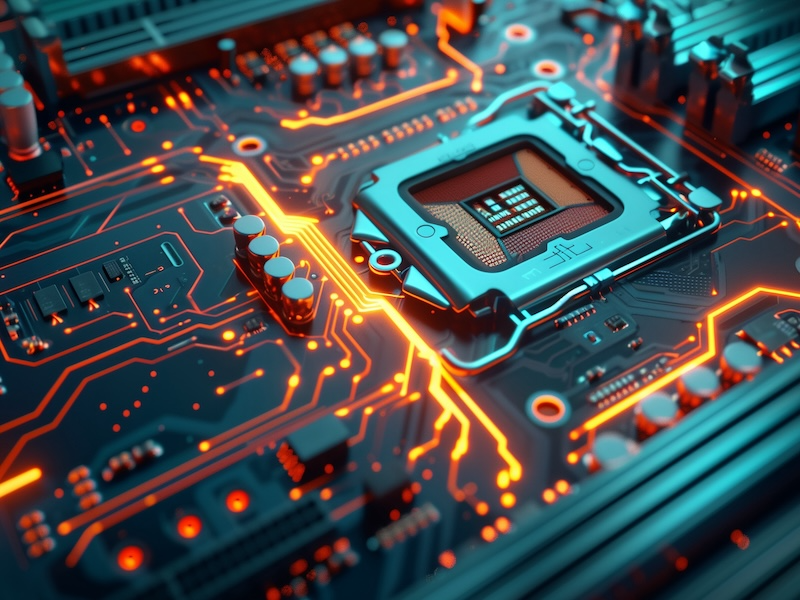- Firmware provides the necessary instructions for hardware devices to function correctly, bridging the gap between the hardware and the software.
- It ensures that devices operate as intended and can be updated to improve performance or security.
What is firmware?
Firmware is a specialised type of software embedded directly into a hardware device. Unlike regular software that can be easily modified or replaced, firmware is typically stored in non-volatile memory like ROM or flash memory and is integral to the basic operation of the device. It controls low-level functions, enabling the hardware to interact with higher-level software and perform its tasks.
Uses of firmware
Firmware plays a crucial role in the operation of electronic devices. Below are some of its most significant uses, each contributing to the overall functionality and efficiency of the hardware.
Enabling device operation: Firmware provides the essential instructions that allow hardware to perform its basic functions. For example, in a computer, the BIOS (Basic Input/Output System) is firmware that initiates the boot process and manages data flow between the computer’s operating system and the attached hardware devices like the keyboard, mouse, and disk drives.
Hardware control and management: Firmware is responsible for managing the operations of hardware components. In devices like printers, firmware controls how the hardware interacts with incoming print jobs, processes the data, and carries out the printing tasks, ensuring that the printer functions correctly.
Device updates and performance enhancement: While firmware is often stable and unchanging, it can be updated by manufacturers to enhance performance, add new features, or fix bugs. These updates are crucial for maintaining the device’s efficiency and extending its useful life.
Security functions: Firmware plays a key role in securing devices by implementing features such as encryption and access control. For example, in network routers, firmware updates often address security vulnerabilities, helping to protect the network from unauthorised access and cyber threats.
Enabling communication between hardware and software: Firmware acts as an intermediary, allowing hardware to communicate with the operating system or application software. This communication ensures that commands from the software are correctly interpreted and executed by the hardware.
Also read: What is router firmware and what are its functions?
Also read: What is firmware engineering and what are its applications?
Why firmware is essential
Firmware’s importance extends beyond basic operations, impacting the performance, security, and longevity of electronic devices. Here’s why it is indispensable for modern technology.
Foundational for hardware operation: Without firmware, most hardware devices would be unable to function. It provides the basic control necessary for the hardware to perform its designated tasks, making it an indispensable part of any electronic device.
Performance optimisation: Firmware updates can significantly improve device performance by optimising how the hardware operates or by introducing new capabilities. Regular updates ensure that devices remain efficient and up-to-date with the latest technological advancements.
Maintaining security and stability: Firmware is critical for the security and stability of devices. Manufacturers release firmware updates to patch security vulnerabilities and to ensure that devices operate reliably, preventing issues that could arise from outdated or malfunctioning firmware.
Firmware is crucial for the operation, performance, and security of hardware devices. It serves as the underlying software that allows hardware to function and communicate with other software, ensuring that devices operate as intended. Understanding the role of firmware highlights its importance in maintaining the functionality, efficiency, and security of modern technology.

